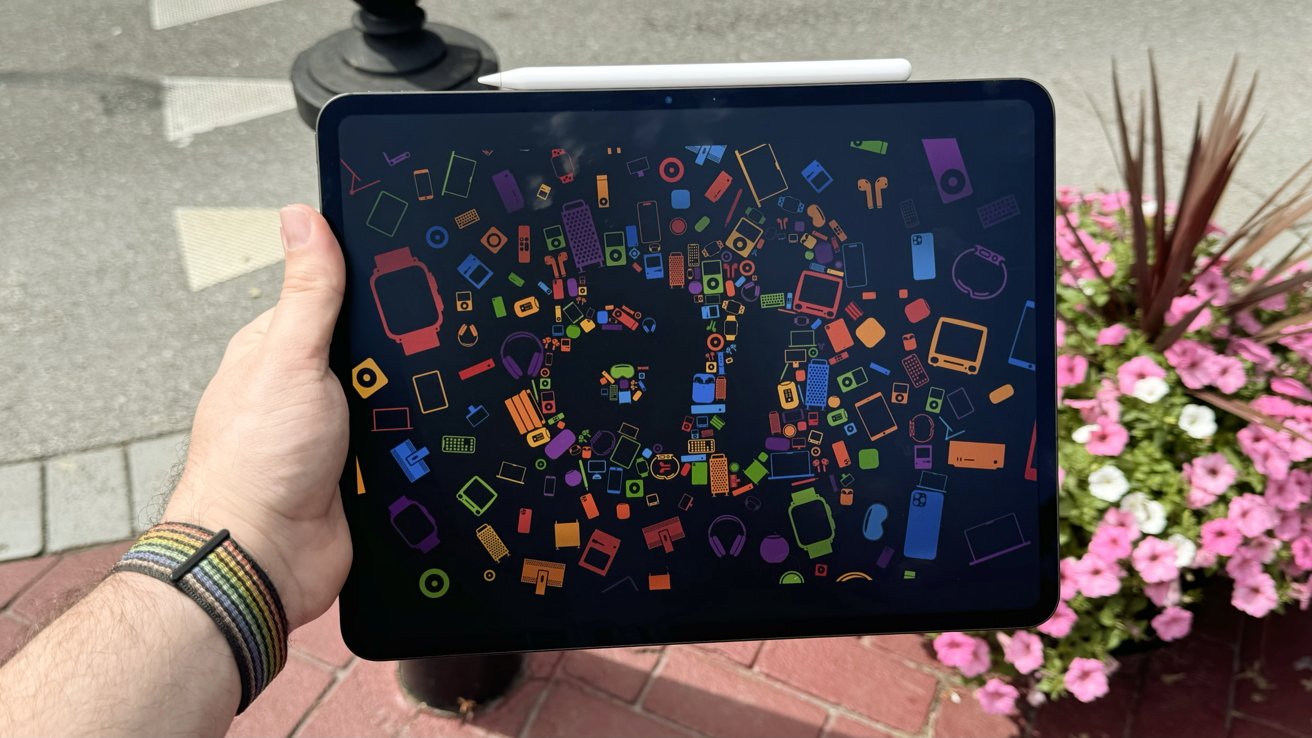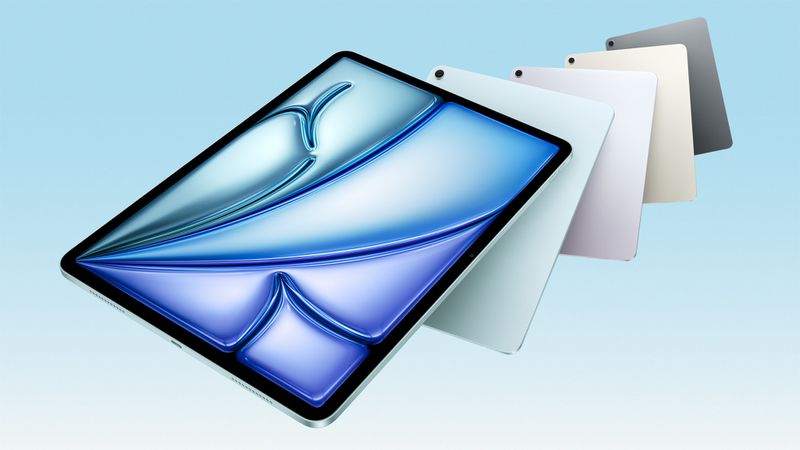Apple remains at the forefront of the tablet industry, holding a strong 42.3 percent of the global market in the last quarter of 2024, as per a recent study by Canalys.
In that period, Apple managed to ship about 16.9 million iPads, an increase from the 14.8 million shipped the year before. Samsung came in second, with approximately 7 million units shipped, which gave them 17.8 percent of the market. Following Samsung, Lenovo, Huawei, and Xiaomi took the third, fourth, and fifth spots.
Over the entire year of 2024, Apple’s total shipment was around 57 million iPads, capturing 38.6 percent of the market share. This was more than double the number of tablets shipped by Samsung, who managed 27.8 million units.
In 2024, Apple updated its top-tier iPad Pro with an M4 chip and gave the iPad mini a boost with an A17 Pro chip, while the iPad Air was enhanced with an M2 chip. Looking ahead to 2025, Apple is set to introduce updates to its budget-friendly iPad and give another refresh to the iPad Air.






